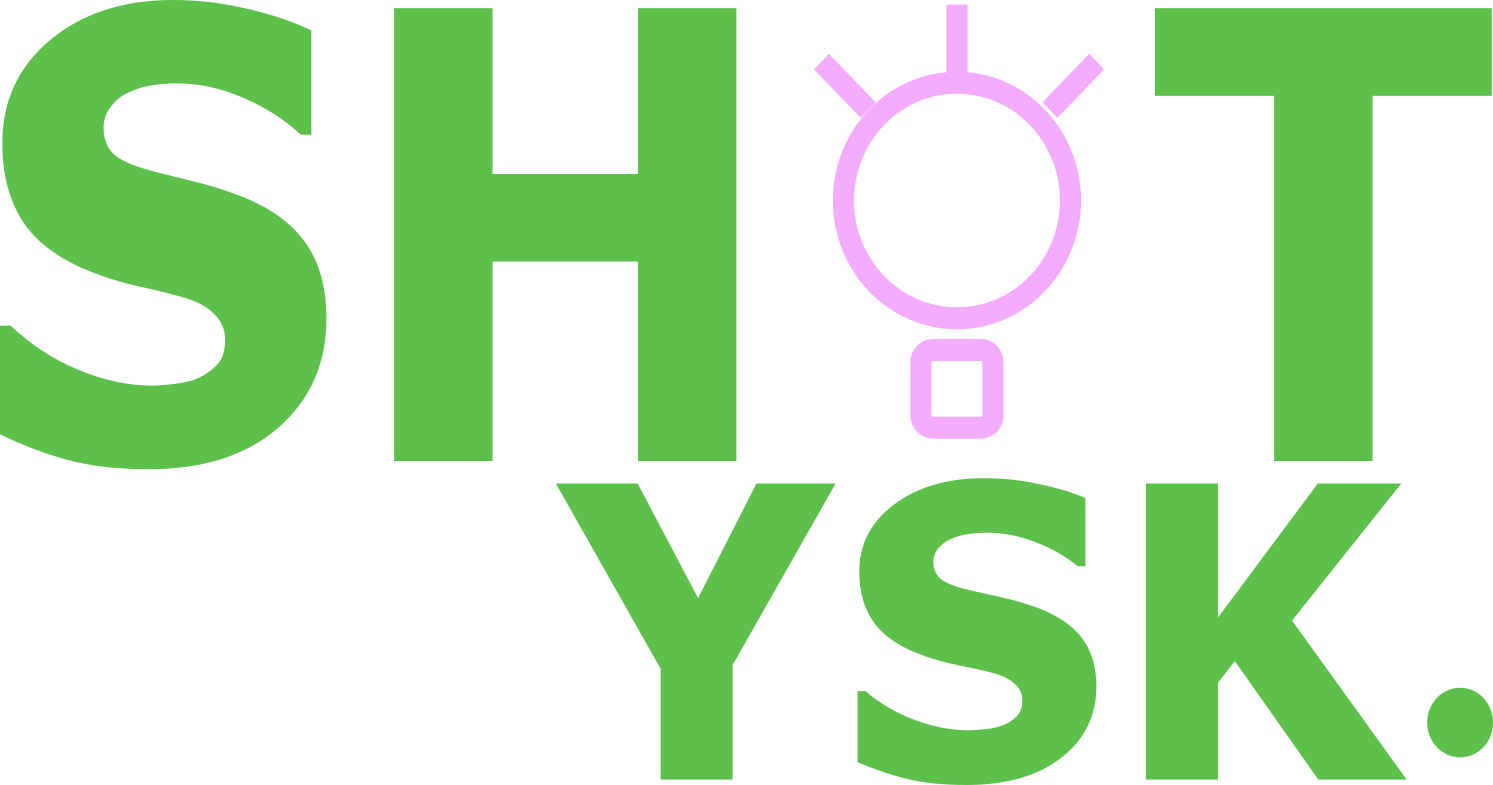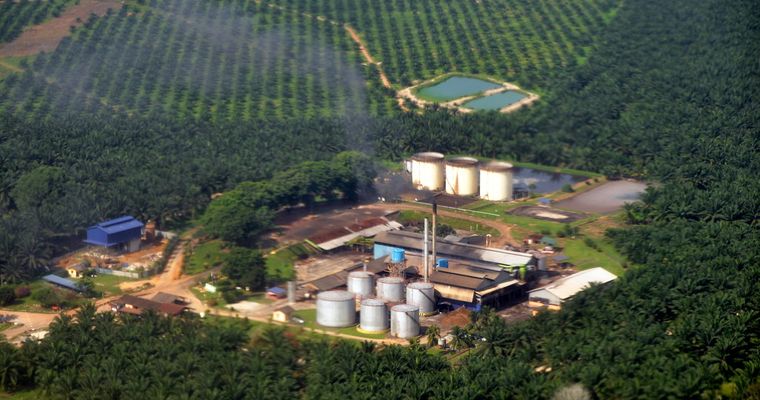"Palm oil mill" by Marufish is licensed under CC BY-SA 2.0
Listen to this article (3 minutes)
There are few things that we agreed on in 2020. One of those few things was, apparently, a very bullish outlook on palm oil in the first half of 2021.
And it was looking good - early in January 2021, palm oil future prices hit 961$ per metric ton... their highest point since 2011. This continued a substantial rally starting back in May 2020, seeing around a 100% price increase in those 7 months.
However, a tide of swine originating from China is threatening this bull run, by glutting the market with soy oil.
So like... palm oil? What is it?
Palm oil is a cheap, accessible oil harvested from the fruits of the oil palm, Elaeis guineensis. It's used widely in food and non-food applications - palm oil plantations account for 10% of global permanent cropland, in order to sustain the roughly 8kg of palm oil that each of 3 billion people across 150 countries consume per year.
Globally, palm oil is widely used as a cooking oil, in food production, personal items such as cosmetics, and as feedstock for biodiesel.
So why is palm oil a big deal? Palm oil's massive popularity is due to its inexpensive price point, versatility, and lack of trans fats (which caused widespread adoption in the global food industry). Additionally, palm oil has very few substitutes, and certainly none at its price point, making it irreplaceable in countries like India, which accounted for around 13.2% of global palm oil consumption in 2020.
This popularity was the largest contributor to palm oil's rally. With demand expected to increase as global COVID-related lockdowns drove consumer purchase of food products up, and with palm oil supply contracting due to lockdowns preventing plantation worked from harvesting the oil, this current rally is a basic supply:demand formula.
This is not a sure thing, however - the effects of palm’s rally may be offset by government stimuli programs. For instance, India, the world’s top palm buyer, slashed crude palm import duties in November to shield consumers from surging prices, and palm oil prices are potential vulnerable to other global situations.
Pigs on the Bean
This supply:demand curve makes sense - scarcity is not unique to palm oil, meaning soy oil (largely seen as the closest alternative to palm oil) has faced the same supply issues... but comes at a higher price point, so it's less attractive to consumers, meaning its demand hasn't peaked quite as high as palm oil's.
Pig production in China has been ticking up since mid 2020, in an aggresive recovery from an outbreak of African swine fever that decimated the pig population starting August, 2018, through 2019. The country's Agricultural ministry reported that in August, the country's pig herd was up 31.3%, and it's sow herd up 37%.
This growth in pig farming hasn't slowed down, and a pig's gotta eat... with the favored pig feed being derived from soy beans. The boom in pig population is leading to a substantial increase in Chinese soybean imports.
What does this have to do with the price of palm oil? When soybeans are crushed into feed, two byproducts are formed: meal (for the piggies to eat), and oil (which the piggies don't eat). Says Shi Lihong, an analyst with China Futures Co, “The extra soyoil supplies will replace imports of palm oil and other edible oils...”, predicting a soymeal demand boost of 8-10%, which brings soybean import (and, tangentially, soy oil production) to a fresh record.
With the price of palm oil increasing, and a new global glut of soy oil on the horizon, palm oil's sure thing 2021 rally seems to be on shaky grounds.


Comments